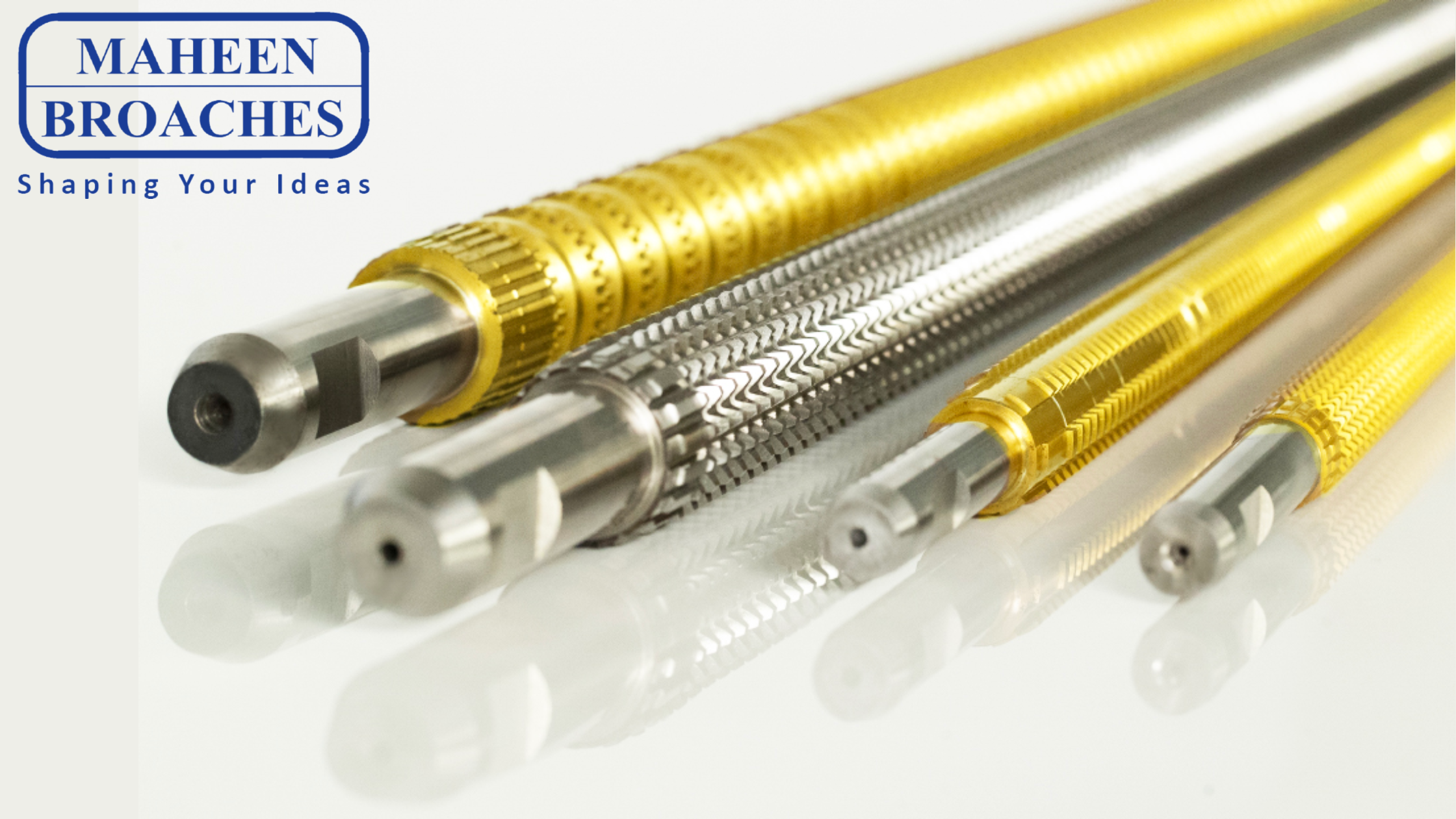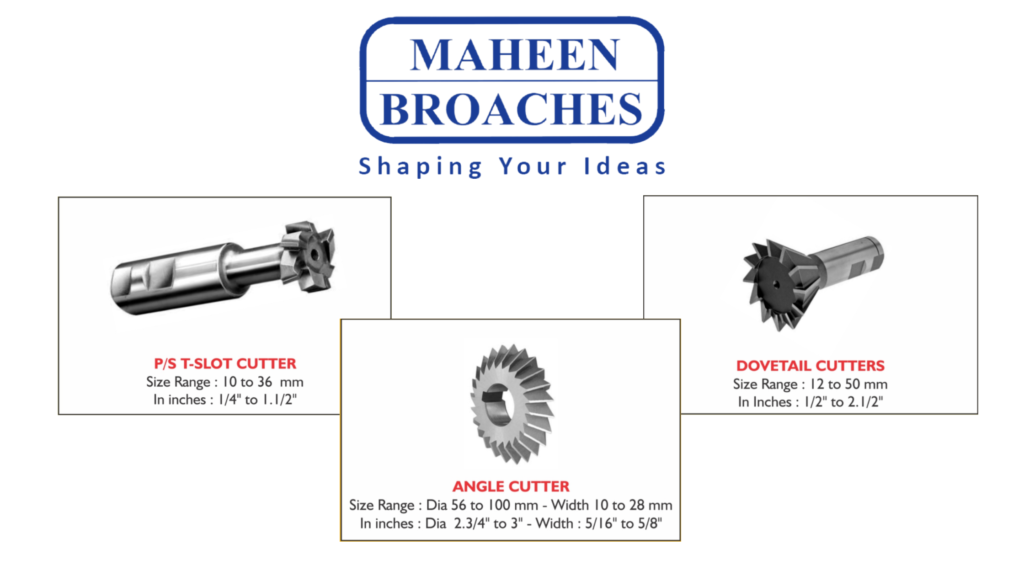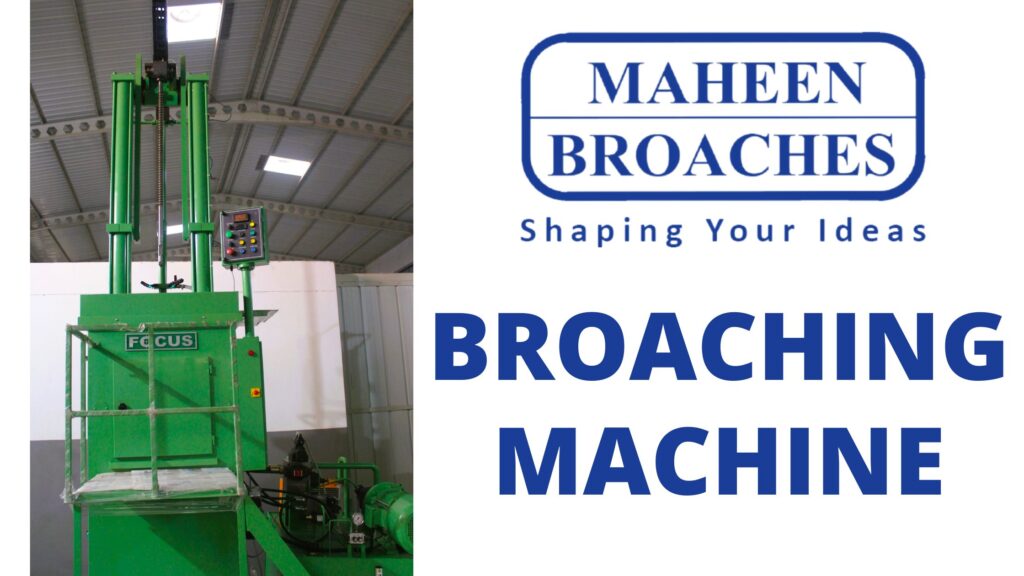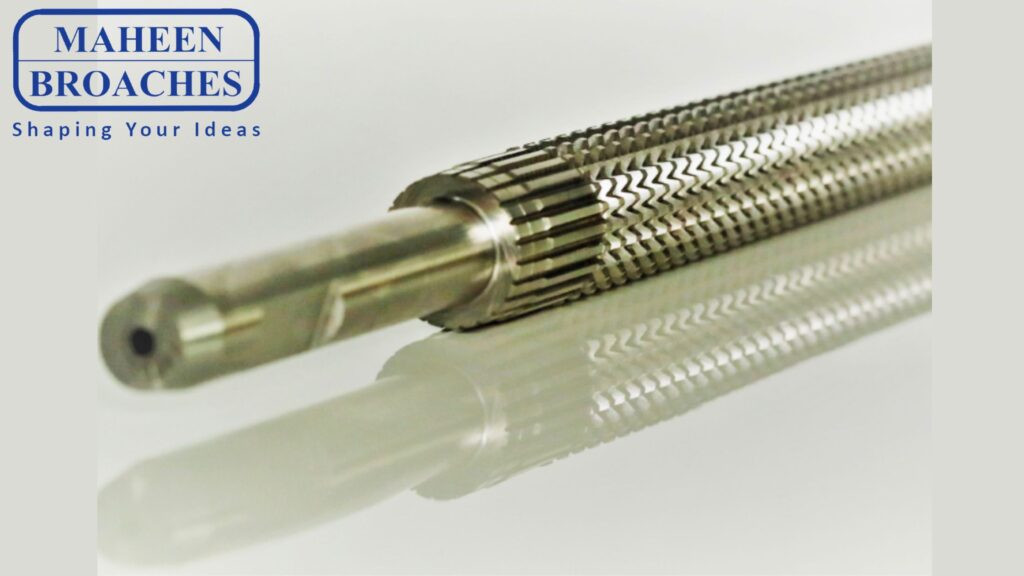In the realm of precision machining, broaching tools play a vital role in creating intricate shapes and forms in a wide range of materials. Over time, constant use can dull the cutting edges of these tools, leading to decreased efficiency and subpar results. But fear not! With the right knowledge and techniques, you can transform your dull broaching tools back into sharp, efficient cutting instruments. Welcome to the journey of resharpening broaching tools – a process that revitalizes your tools and restores their cutting prowess.
Understanding the Importance of Resharpening
Resharpening broaching tools isn’t just about extending the lifespan of your tools; it’s about maintaining the precision and quality of your work. Dull tools not only slow down the machining process but also compromise the integrity of the finished product. Properly resharpened tools ensure accuracy, reduce waste, and ultimately contribute to improved productivity.
The Resharpening Process Unveiled
1. Inspect and Clean: Before diving into resharpening, closely inspect the tool for any signs of damage. Clean the tool thoroughly to remove debris, dirt, and coolant residue.
2. Dismantle and Secure: If applicable, dismantle the broaching tool for better access to individual components. Secure the tool in a vise or fixture to ensure stability during resharpening.
3. Choosing the Right Abrasive: Select an appropriate abrasive material for resharpening, considering the type of broach and the material it’s made of. Common choices include diamond and carbide abrasives.
4. Grinding Techniques: Use the appropriate grinding machine or setup for resharpening. Follow manufacturer guidelines for angles and bevels. The key is to maintain the original geometry of the cutting edges.
5. Cooling and Lubrication: Ensure adequate cooling and lubrication during the grinding process. Overheating can affect the hardness of the tool material and compromise its cutting performance.
6. Inspect and Test: After resharpening, meticulously inspect the tool for uniformity, burrs, or other irregularities. Test the tool on scrap material before resuming full production.
7. Coating (Optional): Depending on the tool’s original coating, you might consider recoating it after resharpening to enhance its durability and cutting capabilities.
Benefits of Professional Resharpening Services
While resharpening broaching tools in-house is possible, enlisting the services of a professional tool grinding company can offer several advantages. These experts possess the specialized equipment, expertise, and precision needed to achieve optimal resharpening results. Additionally, they can often restore the tool to near-original performance levels.
Tips for Prolonging Tool Life After Resharpening
1. Proper Storage: Store resharpened tools in a clean, dry environment to prevent corrosion or damage.
2. Maintenance Routine: Implement a regular maintenance routine that includes cleaning, lubrication, and occasional inspections to catch any signs of wear or damage early.
3. Avoid Overuse: Even with resharpening, excessive use of a tool can lead to wear beyond repair. Rotate tools and use the right tool for the job to prevent premature dulling.
In Conclusion
Resharpening broaching tools is a skill that balances precision and expertise. The process not only restores cutting edges but also renews your ability to create with accuracy and finesse. Remember, sharp tools not only enhance your craftsmanship but also shape the products you create. Embrace the art of resharpening and elevate your machining endeavors from dull to sharp brilliance.









